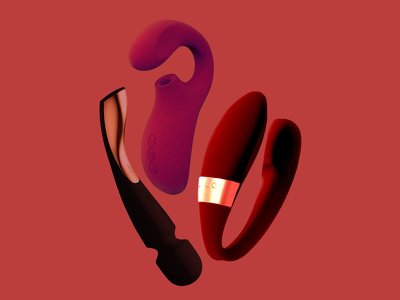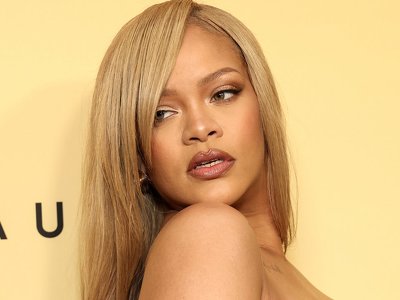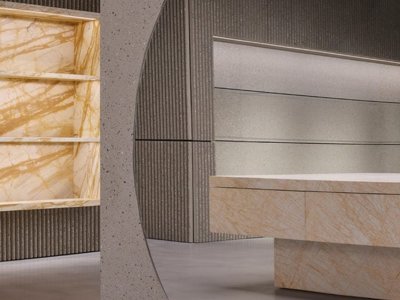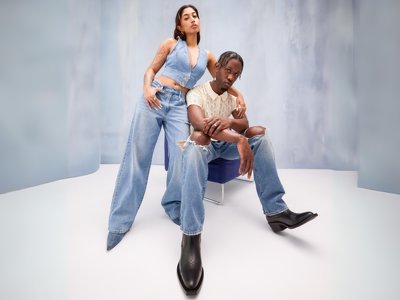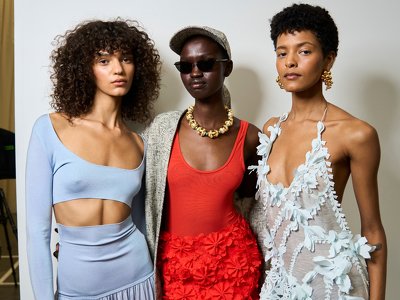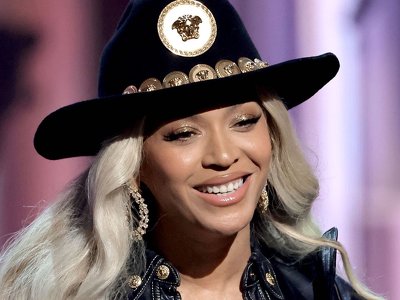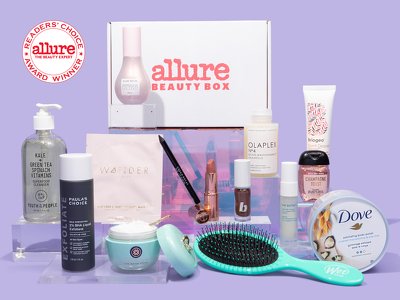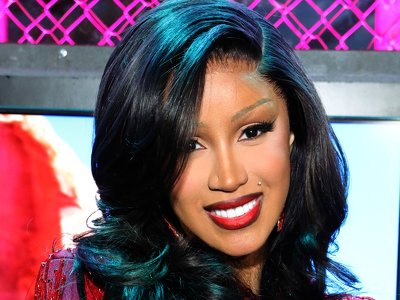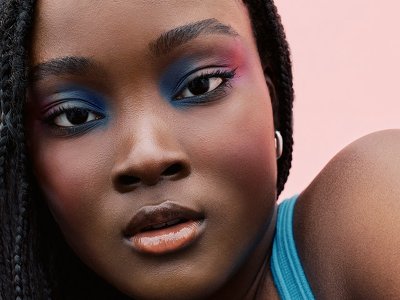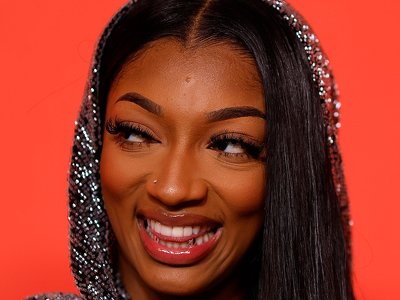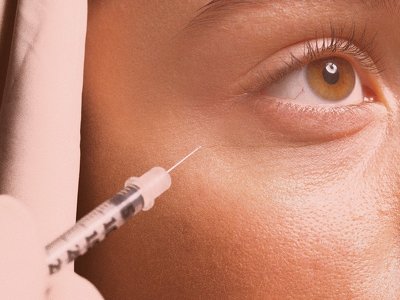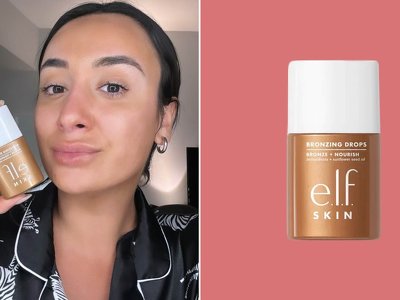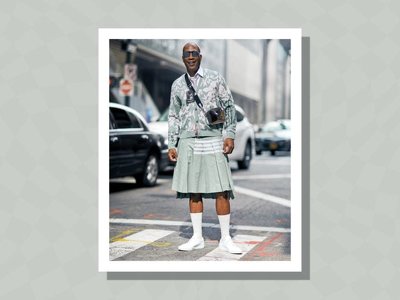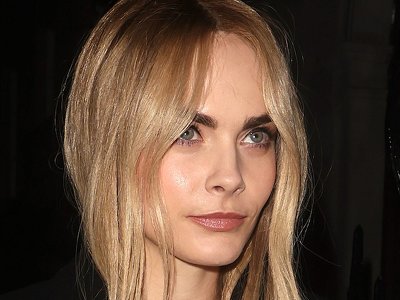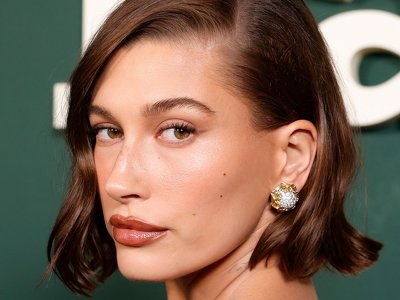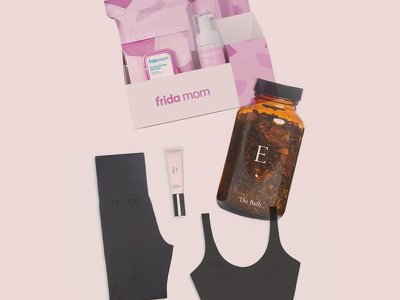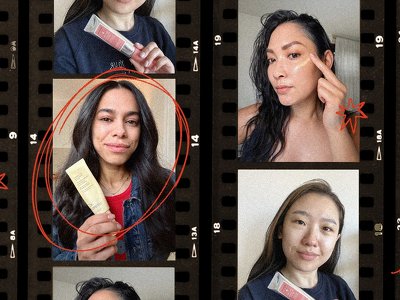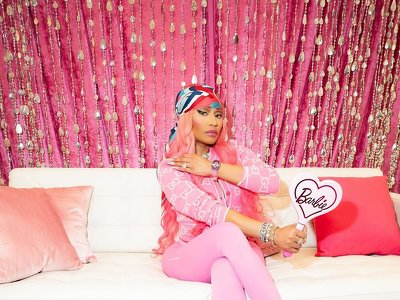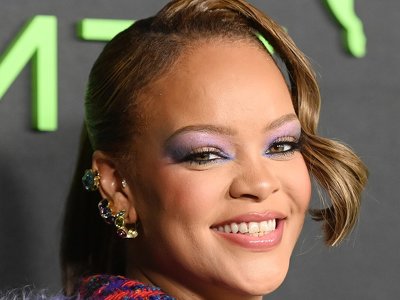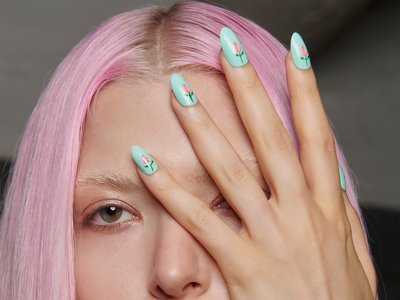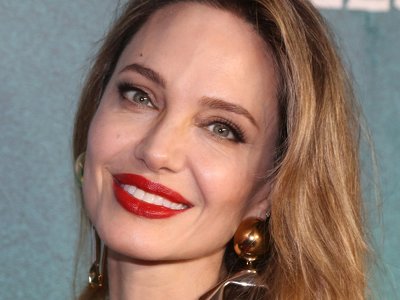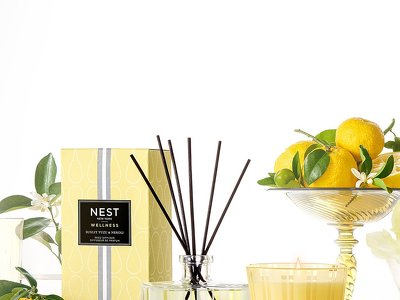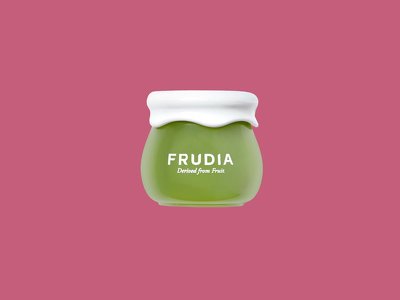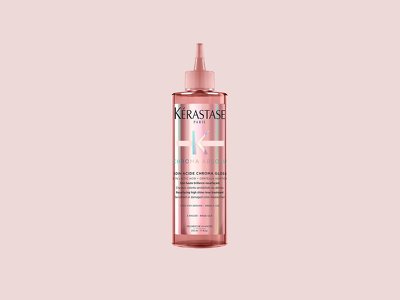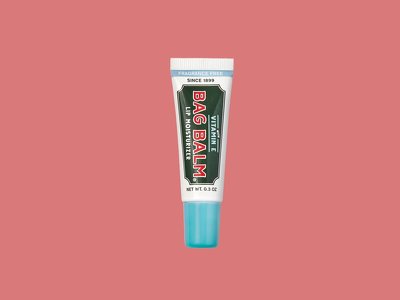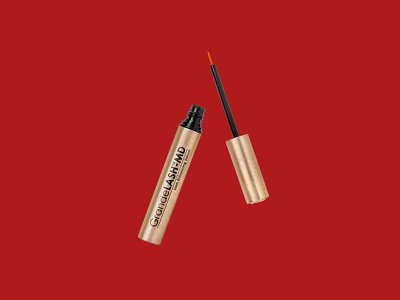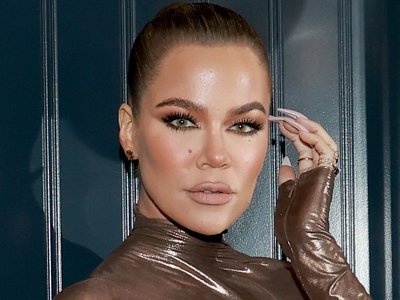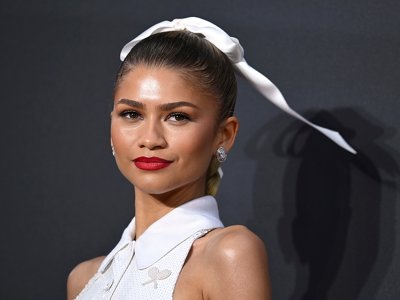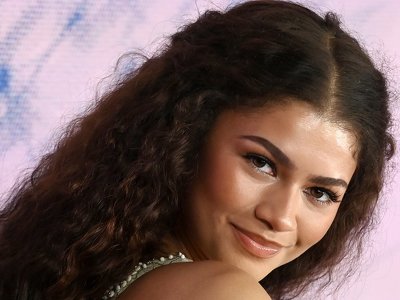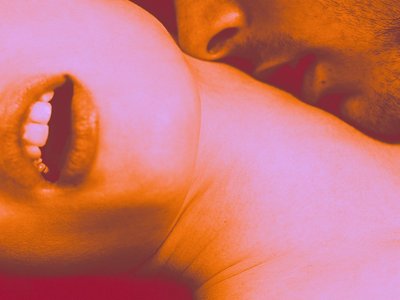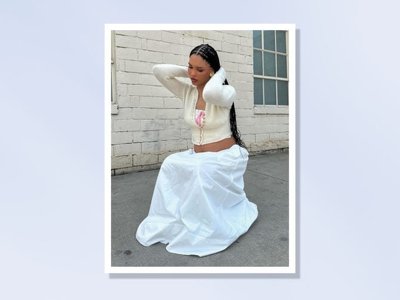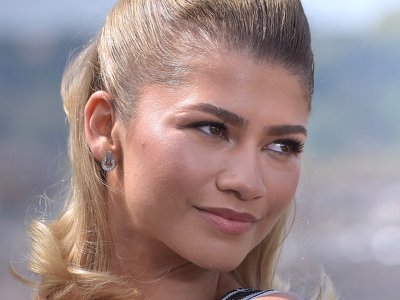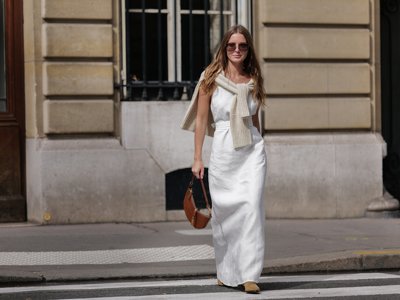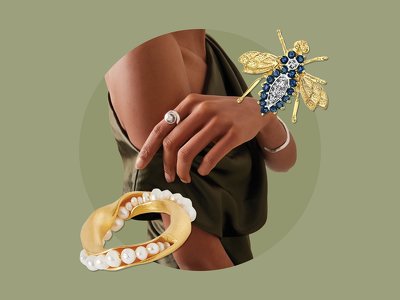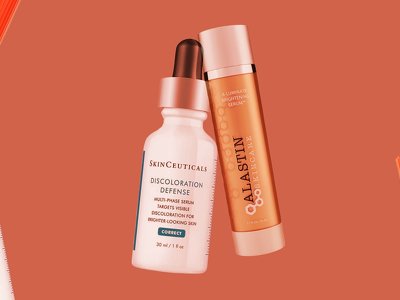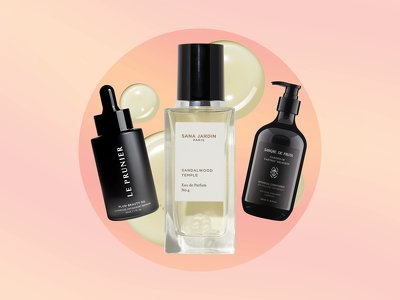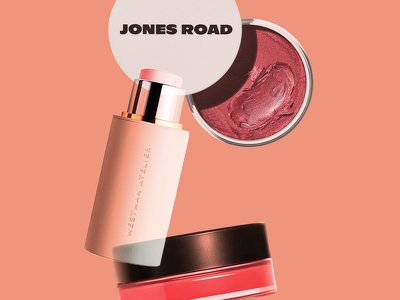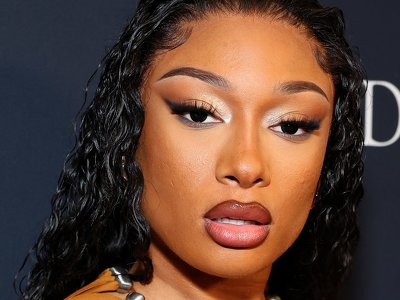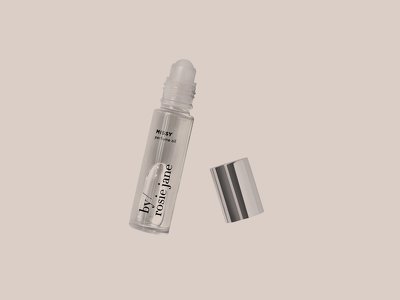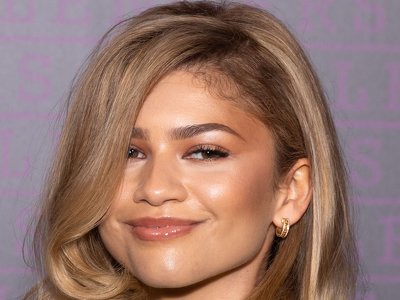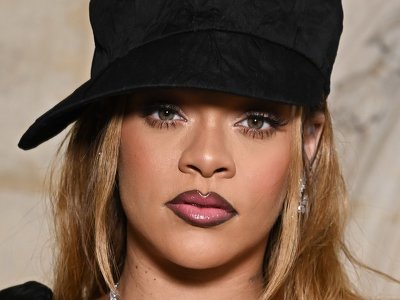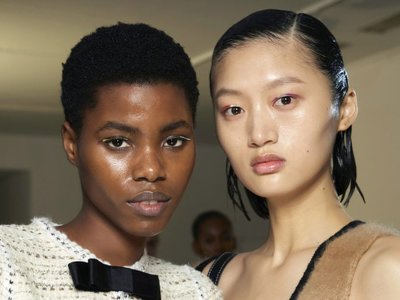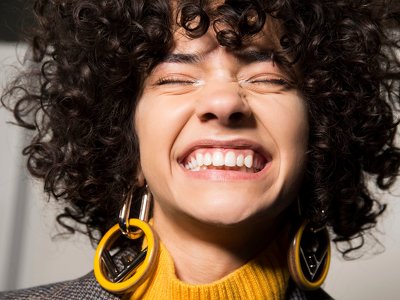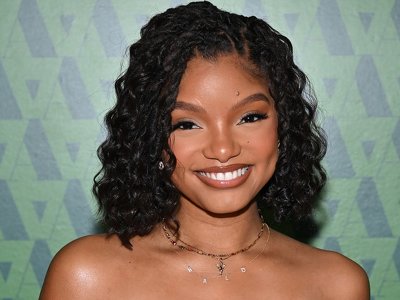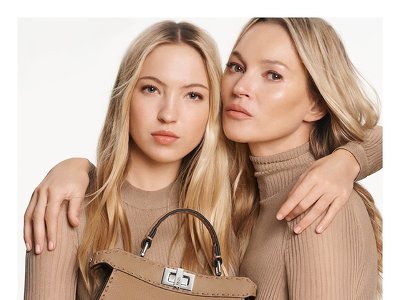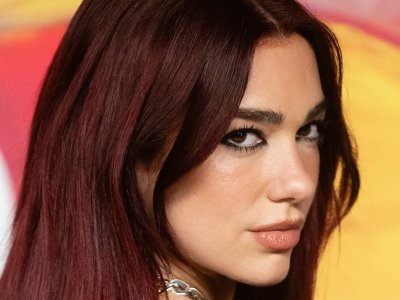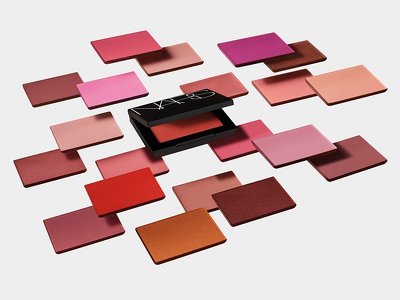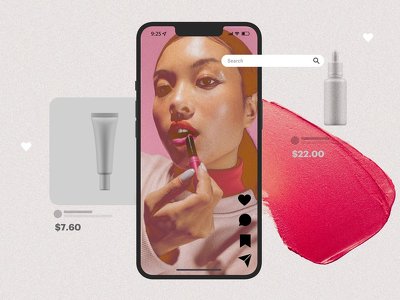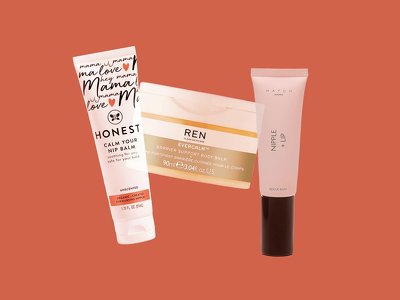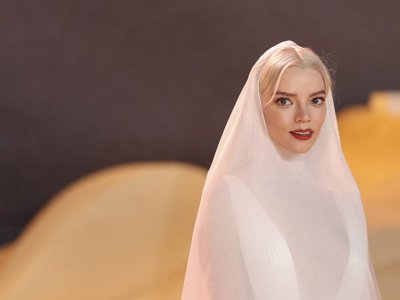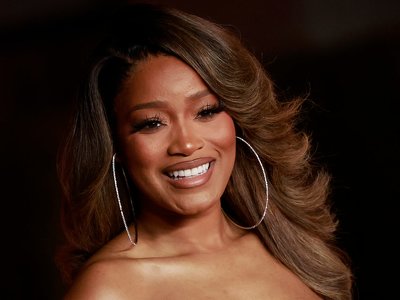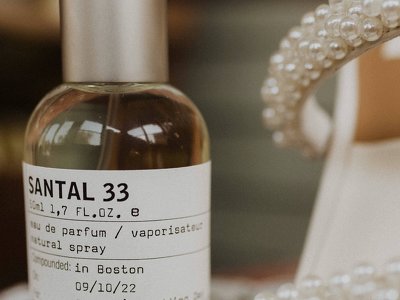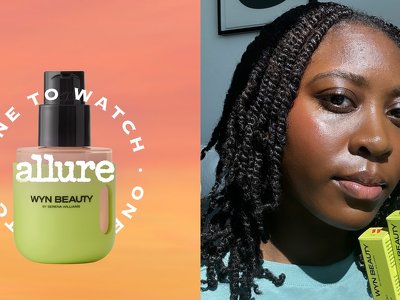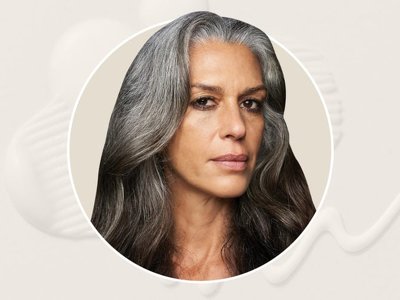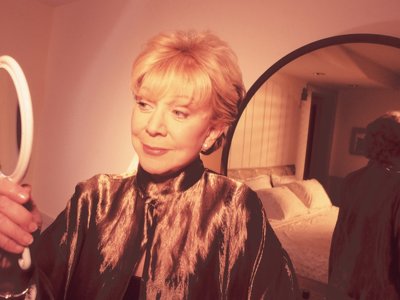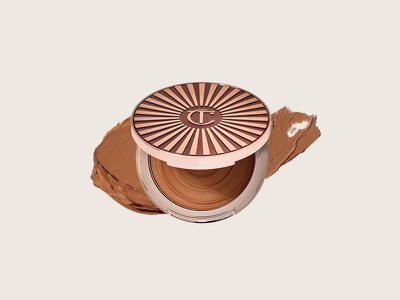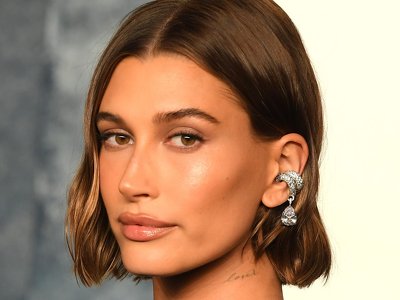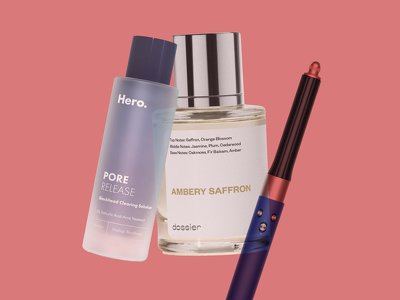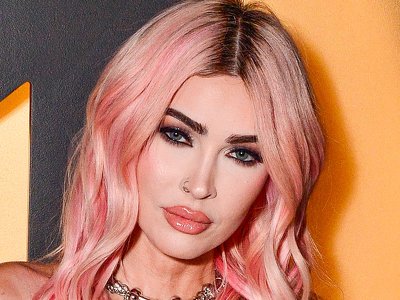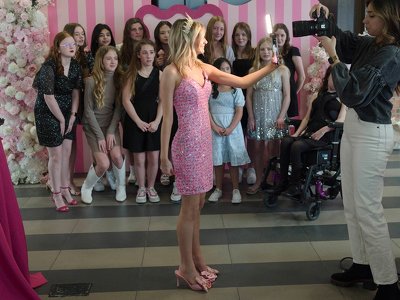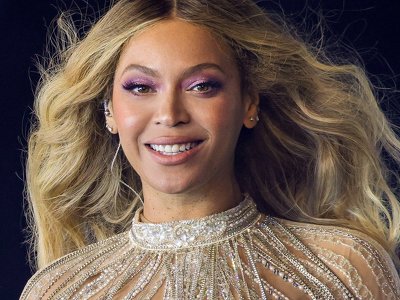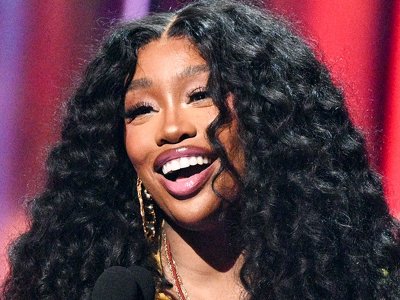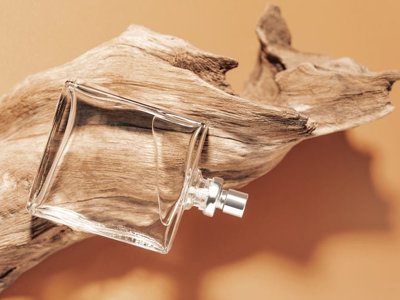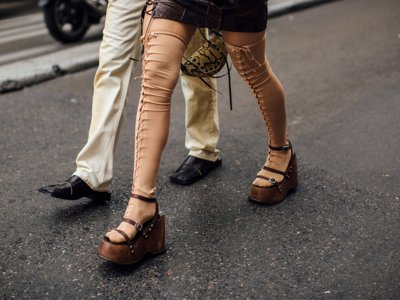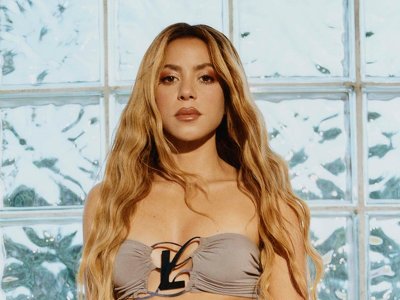At 46, I’m Relearning to Do Makeup on My Mature Eyelids

All products featured on Allure are independently selected by our editors. However, we may receive compensation from retailers and/or from purchases of products through these links.
Remember those Magic Eye pictures where a 3D image would emerge if you stared long enough? That’s how I feel looking at all of the newly lifted, taut upper-eyelids all over my Instagram feed, trying to make out a trace of the original hooded slope that resembles my own. At the same time, while the lids I see on social are dusted with shadow and traced to perfection, my own once-beloved eye makeup collection of palettes and liners have become dusty to the point where my vanity feels like a shrine to a past life I vaguely remember.
I’d like to blame my cognitive dissonance on the secrecy around tweakments and standard cosmetic gaslighting, but I’m just as struck by candid 20-something influencers who openly share their cosmetic blepharoplasties, which involves removing excess skin around the lids. Refreshing, sure…but also kind of dizzying.
I’ve been wondering if snatched lids are just trending in my little corner of the industry, or if “lived-in” lids are another gut punch on the perimenopausal checklist, right alongside jowls and necks. In my mid-40s, I’ve noticed real changes: My deep-set eyes seem more hooded, the crease is harder to find, and the lid texture a little bit crepey. Is beauty culture evolving or am I just projecting my own issues?
The irony is that I should feel more prepared. I’ve been reporting on the aging process and mature skin since my 20s, back when aging felt entirely theoretical. (Kind of funny to say that in the era of the Sephora kids, but I suppose it was a pre-social media luxury to be blissfully unaware of “pre-juvenation”.) My first beauty editor job was at a women’s magazine for middle-aged moms. Back then, keywords like “fine lines,” “crepey,” and “sagging” were abstract concepts. It took several rounds of edits to sound like I truly understood them—just ask my editor. Now, I’m a perfect fit for that job—able not only to describe how those terms actually look and feel, but how they change the game for makeup application, both literally and emotionally.
Eye jobs existed back then, of course, but they weren’t as in-your-face as they are now—or at least didn’t have a powerful algorithm promoting them on the daily. Maybe you’d catch a whisper about someone’s “little lift,” but it didn’t feel like the middle-age default, unlike aging necks, which Nora Ephron so wittily brought into the spotlight. I remember producing a makeover story (remember makeovers?) in the mid-2000s that featured a reader fresh from a corrective blepharoplasty that gave her the confidence to sign up for our transformation.
Today, I yearn for a time when my only eye-area concern was finding a good concealer for dark circles. I’ve always leaned toward no-makeup or natural makeup look, but I loved wearing smoky eyeshadow for a wedding or big event. Recently, when I did my daughter’s makeup for her 8th grade dance, I found myself giddy pulling out palettes and dusting off brushes. As I applied shadow and saw her green eyes light up, it brought back the thrill of discovering how eye makeup can transform not just your face, but your confidence. It also made me wonder: Why had I dropped something that once made me feel pretty and artistic?
On the occasions I want to wear eye makeup (far fewer since the pandemic and now that I work for myself from home), I find myself confused on which textures and shades to reach for. The eye area is just more complicated now. It’s not just dryness or fine lines—there’s texture, thinning skin, and (gah!) droopiness.
A number of age-related changes in our forties and fifties impact the structural support around the eyes, says Robert Schwarcz, MD, a board-certified oculoplastic surgeon. “The ligaments that anchor the skin and soft tissue around your eyes to the bone relax, and the muscles around the eyes weaken and thin out,” he says. “Eyelid skin loses elasticity and collagen, fat can shift, and even the brow may start to droop, which creates a more crowded periorbital area.” This crowding effect is partly due to bone resorption in the upper face, which causes it to look more sunken. “While the surrounding area can display volume loss, the orbital fat can prolapse or move forward and look like bags,” he adds.
Even the anatomy of the eyelid crease changes with age. “The eyelid crease is the highest point where the muscle that opens the eye connects to the skin,” says Dr. Schwarcz. (If you, like me, have always been a little fuzzy on where that elusive crease actually is, you’re not alone.) “This becomes harder to define as the skin and muscle both thin and lose elasticity over time. In addition, the upper eyelid skin can droop and descend—and with the volume loss behind it, the lid can look draped rather than plump.”
Only surgery can truly address excess skin, protruding fat pads, and structural shifts, so it’s no wonder blephs have become a trendy topic. For those of us who aren’t quite ready or game to go under the knife, Dr. Schwartz suggests starting with good skin care and low-lift interventions. “Use a moisture-rich eye cream with caffeine, niacinamide, and peptides,” he says, which can reduce puffiness, dark circles, and fine lines. He adds that resurfacing lasers or peels can keep things appearing fresh up to a point—they’ll improve skin quality (i.e. soften fine lines, smooth rough texture, and fade unwanted pigmentation), but they won’t alter skin structure. “With issues like significant skin laxity, hooded eyelids, or excess tissue around the eyes, a surgical procedure such as blepharoplasty may be necessary to remove or reposition tissue to restore a more youthful and lifted appearance,” Dr. Schwartz says.
I reached out to Wende Zomnir, founder of the makeup brand Caliray (and Urban Decay before that) and someone who’s always refreshingly candid about perimenopause, for her thoughts on whether snatched lids have become the new middle-age beauty standard. She put it this way: “I think women are realizing that a lot of non-surgical procedures are still expensive, require multiple visits, and still result in downtime… and don’t deliver the results you get from surgery. I personally had an upper bleph last year, and the recovery was so quick! Now my shadow blending time is cut in half. It’s certainly not necessary, but I think it’s become so much more acceptable to go for it if surgery is something you want.”
Weirdly enough, putting a reality check on what it takes to have tight lids after 40 actually made me feel better about mine. There’s no secret trick. But also: Eye makeup is not just for tight lids. One of the many upsides to aging—and there are many!—is knowing that you can get out of a rut because you’ve done it before. Newly determined to work with what I’ve got, I reached out to more Gen X makeup experts (Gen X-perts, if you will) for practical advice.
Lesson number one: You kind of just have to get back on the horse. “If your eye makeup routine stops working as you get older, the biggest mistake is to let that prevent you from wearing eye makeup at all. What you have to let go of are any ‘beauty rules’ you think 40-plus women are supposed to follow, and just do what makes you feel best,” says Bobbi Brown, makeup artist and founder of Jones Road.
She reminded me that having a confidence crash can happen at any life stage. “That happens, and not just in midlife,” Brown notes. “No matter your age, don't pick yourself apart, but embrace a more easygoing approach to makeup. If you feel like you’ve lost confidence in eye makeup, focusing on a different area, experimenting, and learning what works for you will make you look better—and usually, by the way, when you look better, you start feeling better.”
Turns out I’m not that special, just rusty.
Neutrals have always been a comfort zone, so I liked the advice to get back to the easy stuff and start playing again on days when I’m just in front of the computer and not planning to leave the house. “If I’m in a hurry—and most of us are—I stick with mistake-proof neutrals,” says Zomnir. “But don’t shy away from color at any age. Just allow yourself enough time to blend and practice before jumping into new shades before a big event or if you’re on a schedule. I love to practice at night before I wash my face.” Her go-to is the Caliray Endless Sunset Face Palette, specifically the shade Nudie Judies, a matte taupe.
What about those “rules” you’ve probably heard about makeup after 40, like no glitter? “You can wear a luminous shade or even glitter to bring light around the eye. The key is small doses,” Zomnir says. “I like to apply a bit to the middle of the upper lid near the lash line and at the inner corner of the eye. I like to use a soft gold eye liner if I’m going with glitter.” She also suggests luminous formulas, as in “satiny shades that reflect light without being a true shimmer, which might highlight less-than-perfect skin.”
Admittedly, social media is partially to blame for my lid complex, but to its credit, it also offers up a wealth of tutorials and moral support for women 40-plus. I’ve learned a lot from Erica Taylor, a makeup artist and content creator who gently nudges mature viewers away from techniques that no longer serve their shifting features.
Turns out you can do both matte or shimmer eyeshadow textures on mature lids; the shadow color is more likely what needs adjusting. Aim for a shade that’s more neutral and even a bit deeper than you may have reached for in your 20s. Taylor says to avoid putting light shadow on the hood. “It might seem like it’ll open the eye, but it does the opposite and makes the hood look more pronounced,” she says. “Instead, go for a soft medium-toned shadow that subtly recedes and shapes the eye without harsh lines.”
When in doubt, Taylor suggests the ‘sunrise method’ with a single shade of neutral cre
- Last
- April, 28
-
- April, 27
-
- April, 26
-
-
- April, 25
-
- April, 22
-
-
-
-
- April, 16
-
-
-
-
-
- April, 15
-
-
-
- April, 13
-
-
News by day
18 of September 2025
